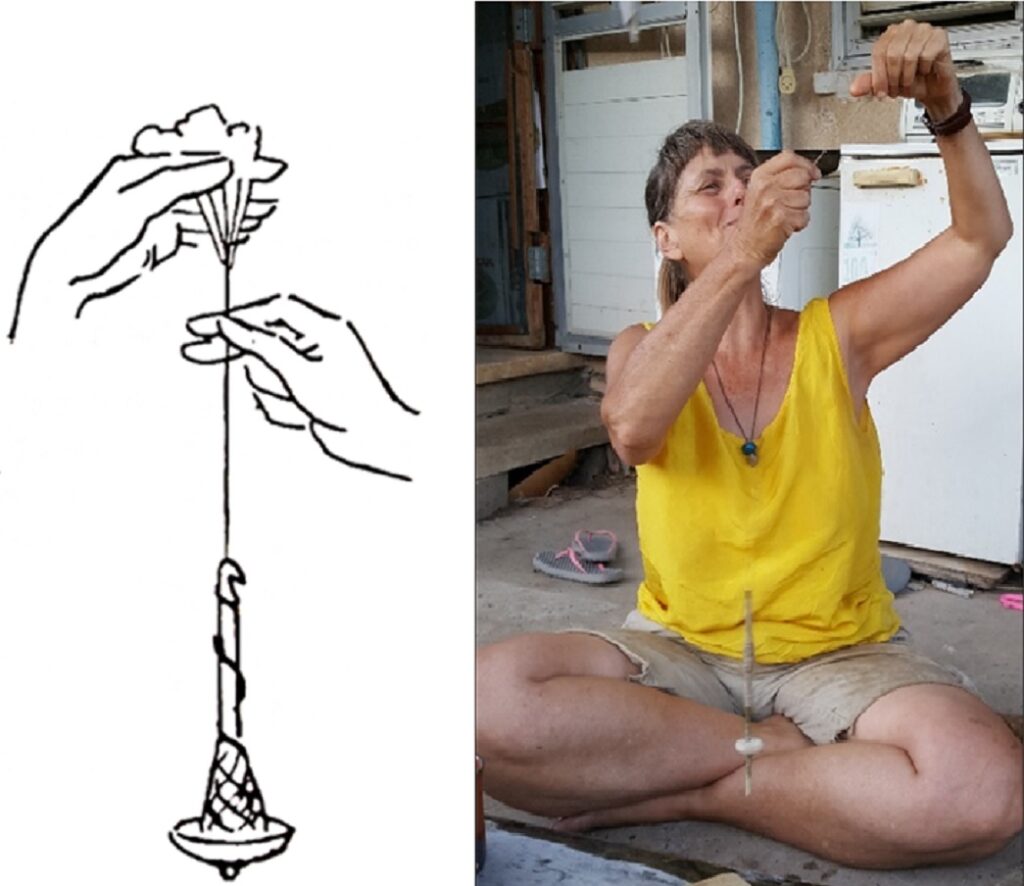It’s not so much that the spindle whorl was the direct evolutionary ancestor of the wheel, the way wolves were the ancestors of modern dogs. Instead, it was one of the first ways that people got really familiar, in a hands-on way, with the idea that you can attach something round to a stick and use it to turn one kind of motion into another. Pottery wheels, which emerged a bit later, work on the same general principle.
“I don’t jump to saying, ‘Okay, spindle whorls are [cart] wheels,” Yashuv tells Ars. “In many studies of the invention of the wheel, they’re talking about sledges and all sorts of things that are focused on the function of transportation—which is correct. I’m just adding another layer: the foundation of the mechanical principle.”
Once that mechanical principle was firmly embedded in humanity’s collective stash of knowledge, it was a matter of time (a few thousand years) before people looked at animal-drawn sledges, then looked at their pottery wheels and spindles, and put two and two together and got a cart with wheels—or at least, that’s Yashuv’s hypothesis. She and Grosman aren’t the first to suggest something similar; early 20th-century archaeologist Gordon V. Childe suggested that most of the major inventions of the Industrial Revolution were just new applications of much older rotary devices.

Spinner Yonit Kristal tests a replica of a spindle from the 12,000-year-old village.
Credit:
Yashuv and Grosman 2024
A village of prehistoric innovators?
Exactly how long people have understood (and made use of) the whole circle-on-a-stick concept is still an open question. Nahal Ein-Gev II is the oldest site with evidence of drop spindles that archaeologists have found so far, but Yashuv says the villagers there probably weren’t the first to invent the concept. They just happened to make their spindle whorls out of rocks with holes drilled in them, leaving a clear trace in the archaeological record.
Modern spindle whorls are often made of wood—either a disc or an X-shaped pair of arms. The trouble with wood, especially in small pieces, is that it’s not very likely to survive thousands of years (although that’s not impossible), so wooden spindle whorls from a site as old as Nahal Ein-Gev II are invisible to archaeologists. In some cultures, spinners might even tie a rock (or even a potato—no joke) to the end of their fibers in lieu of a spindle. Those rocks lack the telltale drill holes that let Yashuv and Grosman recognize the stone spindle whorls at Nahal Ein-Gev II, so they’re also invisible to archaeologists; they just look like rocks. Nahal Ein-Gev II is just the oldest place that recognizable spindle whorls happen to have survived.
